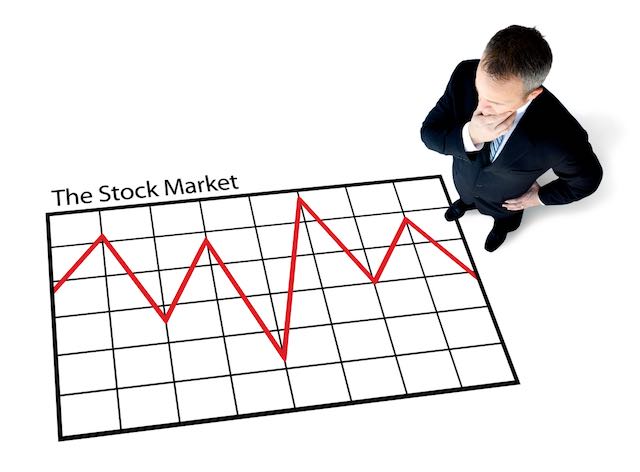Thrift Savings Plan (TSP) investors started off with a bang in January 2018. February brought back a strong dose of reality. Stock prices can go up and they can go down just as fast as they went up (sometimes faster than they went up).
Best and Worst Performing TSP Funds
In February, the 10-month win streak for the Dow Jones Industrial Average (DJIA) and for the S&P 500 came to an end. February was the worst decline in a month (by percentage) since January 2016. For the month, the DJIA was down 4.3% while the S&P 500 (the index on which the C fund is based) declined 3.9%.
For TSP investors, the C fund went down -3.69%. The fund with the worst monthly return was the I fund with a negative return of -5.07%. As usual when the market goes down, the G fund was the best performing fund for the month with a positive return of 0.21%.
Over the past 12 months, the best performing fund in the TSP is still the I fund with a return of 19.77%. The fund with the lowest return over the past 12 months is the F fund which only had a return of 0.70%.
TSP Fund Returns for February 2018, Year-to-Date and Last 12 Months
Here is how all of the TSP funds performed in February and for the past 12 months:
| G Fund | F Fund | C Fund | S Fund | I Fund | |
|---|---|---|---|---|---|
| Month | 0.21% | -0.96% | -3.69% | -3.79% | -5.07% |
| YTD | 0.41% | -2.09% | 1.82% | -0.58% | -0.32% |
| 12 Month | 2.35% | 0.70% | 17.08% | 12.31% | 19.77% |
| L Income | L 2020 | L 2030 | L 2040 | L 2050 | |
|---|---|---|---|---|---|
| Month | -0.70% | -1.34% | -2.48% | -2.98% | -3.41% |
| YTD | 0.40% | 0.47% | 0.56% | 0.57% | 0.59% |
| 12 Month | 5.15% | 7.77% | 11.31% | 12.93% | 14.41% |
TSP Tidbits
Participation Rates
The participation rate for TSP investors who are in the FERS system hit an all-time high of 90.3% in January. The uniformed services participation rate also hit a new high of 49.3%. There were 87,000 uniformed personnel opting in to the TSP in the first month of the military’s new blended retirement system.
TSP Fund Balance
In January 2018, the balance in the Thrift Savings Plan was more than $559 billion and more than $10 billion in Roth accounts.
By comparison, at the end of January 2017, there was over $480 billion in the TSP and about $6 billion in Roth accounts.
Participant Balances
The rising stock market has been good to TSP investors.
- At the end of January 2016, the average FERS investor had $112,264 in the TSP and the average Roth balance was $6,841.
- By January 2017, the average FERS employee investing in the TSP had a balance of $123,898 in the TSP and the average Roth balance was $9,283.
- At the end of January 2018, the average for FERS employees investing in the TSP was up to $142,395 and a Roth balance of $12,092.
TSP Transfers in January 2018
TSP investors who may have been trying to maximize their investments by timing the market were disappointed in the February stock results.
More than $2 billion was transferred out of the G fund in January. Another $328 million left the F fund and $468 million transferred out of the S fund. The I fund took in more than $1.4 billion and the C fund took in $995 million in January. Another $381 million went into the lifecycle funds.
In effect, the January transfers went into the fund with the worst returns (the I fund) in February. The only fund with a positive return (the G fund) had the largest amount of transfers out of that fund in February. For the most part, those who may have been trying to time the market by buying into the stock funds picked a bad time to buy.



